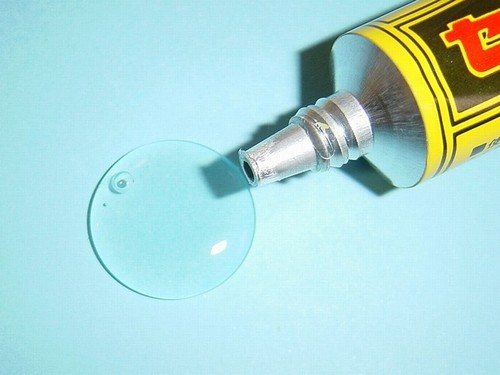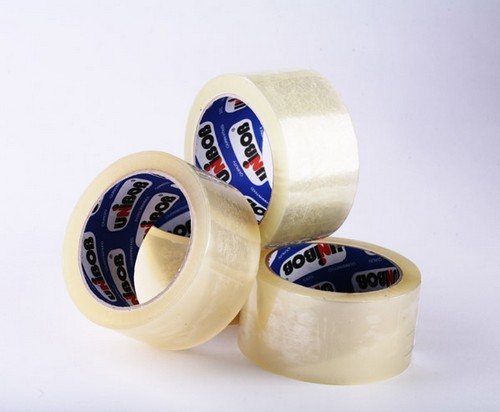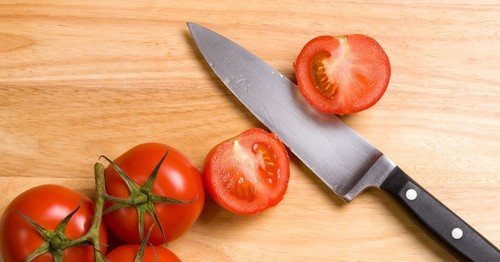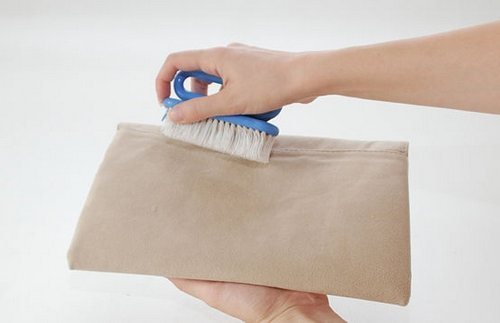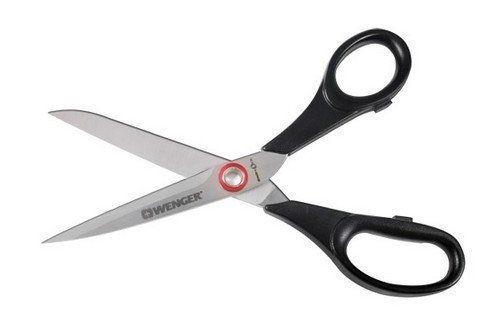Many people are interested in how to remove sticker adhesive from different surfaces. Nowadays, manufacturers are trying in every possible way to decorate their goods, and if not decorate, then put forced markings on the goods, and this leads to inconvenience in everyday life. There are many ways to cope with this problem, but you need to understand that there are different surfaces and where one method will bring 100% results, on another surface it may be absolutely ineffective, and may even cause damage. Do not remove the sticky layer mechanically, as this may cause damage.
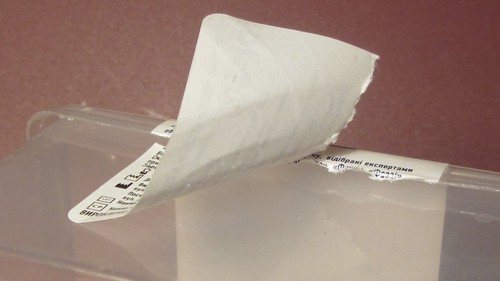
Kitchen tools
If you have problems with:
- Dishes (plates, cups, wine glasses, shot glasses)
- Tile (tiles)
Often just hot water and detergent will help, but it all depends on the type of glue and how long the sticker was on the surface.
Methods:
- This is a very easy and affordable method. You will need a cotton pad (perhaps a piece of natural white cloth, but most importantly soft so that it does not leave scratches) and nail polish remover (acetone). Then everything is simple, apply the liquid to the cotton wool and remove the remaining sticky substance. Be sure to rinse well with water after this procedure.
- Housewives also practice another method: moisten a cloth in sunflower oil and remove the remaining stickers. This method is effective precisely with the remains of the sticker itself.
- Table vinegar is also suitable for such materials.It is enough to apply it to the surface itself, or to a napkin (paper towel, soft cloth, cotton pad) and remove all the remains of price tags and markings with removing movements.
Household appliances
This group of goods, which stickers have not bypassed. Here you need to understand that there is paint on the surface, or the product is made of plastic, here you need a soft method that will not damage the surface and will not spoil the appearance.
- Refrigerators;
- Washing machines;
- Hair dryer, curling iron;
- Televisions;
- Electric meat grinders, juicers; Microwave ovens;
- Coffee makers;
- Small electrical appliances.
- 5 ways to tidy up a sofa yourself
For these types of surfaces, a hair dryer is often used; a hot air stream copes with this task. For this method, you will need: a cloth soaked in any neutral kitchen product and the hair dryer itself. First, you need to warm up the sticker with a hot air stream, then remove the sticker itself with a cloth. If this procedure does not help completely the first time, it can be repeated. If the plastic is very thin, you do not need to use this method to avoid damage from hot air.
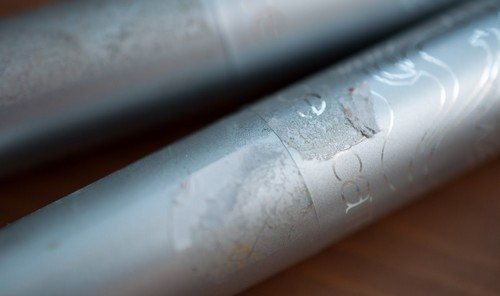
Sunflower oil will also be appropriate for these surfaces, but in cases where the sticker was not applied a couple of years ago and has not grown together with the material. It is better to apply it and let it soak in a little, then roll it off with a cloth or paper towel. Do not use mechanical cleaning so as not to damage the surface.It is enough to apply it to the surface itself, or to a napkin (paper towel, soft rag, cotton pad) and remove all remnants of price tags and markings using skimming movements.
- Appliances
- This group of products has not been spared by stickers. Here you need to understand that there is paint on the surface, or the product is made of plastic, here you need a soft method that will not damage the surface or spoil the appearance.
- Refrigerators;
Hairdryer, curling iron;
TVs;
Electric meat grinders
- , juicers;
- Microwaves;
- Coffee makers;
5 ways to tidy up your sofa yourself
It must be taken into account that the work will involve electricity and equipment, and precautions are needed. It is necessary to ensure that no water gets inside the devices during processing, since stickers are often glued to joints and crevices.
Methods:
- For these types of surfaces, a hairdryer is often used; a hot air stream copes with this task. For this method you will need: a cloth soaked in any neutral kitchen product and a hair dryer itself. First you need to warm up the sticker using a hot stream of air, then remove the sticker itself with a rag. If this procedure does not completely help the first time, it can be repeated. If the plastic is very thin, you do not need to use this method to avoid damage from hot air.
- Sunflower oil will also be appropriate for these surfaces, but in cases where the sticker was not applied a couple of years ago and has not grown into the material. It is better to apply it and let it absorb a little, then roll it up with a rag or paper towel. Do not use mechanical cleaning to avoid damaging the surface.
- Citrus-based cleaning agents containing citric acid are helpful. To do this, apply the substance and let it stand for a while, then remove it with a rag or paper napkins.
Double-glazed plastic windows, window sills, slopes
Although these materials are not very delicate, they have their own subtleties. Do not use rough materials as they leave scratches. Solvents may leave stains. Therefore, it is better to be patient. Methods:It will be convenient to use a cleaning agent that contains citric acid. Often the composition includes citric acid in exactly the same cleaning products that are intended for washing windows. This is convenient because you don’t have to deal with stains on the glass after removing the stickers. The cleaning mechanism itself is the same as when washing windows, with only one difference: it is better to apply the product and let it soak in a little, since the paper dries firmly and reliably to the material. If a regular rag does not help when removing, you can use a sponge or spatula, but always with rounded ends. Do not use sharp or rough materials when cleaning.
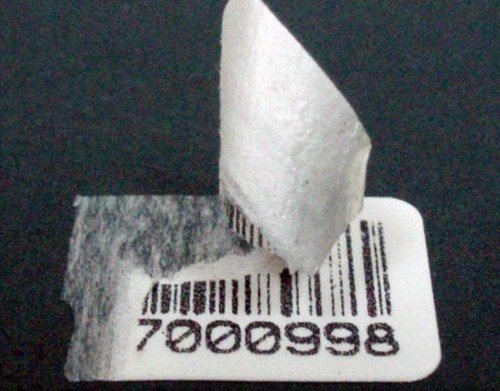
Cleaning that uses a highly concentrated solution of laundry soap is well suited. You need to apply generously and let it soak in, after which you can use a sponge or spatula, but always with rounded ends. Then rinse with clean water.
You can still use the same vegetable oil, but, of course, it will leave greasy solutions, which is bad for glass, but vinegar, acetone or white spirit will help here.
Not all that glitters is gold: how to make silver and cupronickel cutlery shine
- Wood and furniture
- Here you need to be very careful when cleaning.Wood is a natural material that is easily damaged.
- Methods:
If the furniture is varnished, polished, a lotion of vegetable oil will help. You need to apply a cloth or napkin previously soaked in oil, let it absorb and remove the sticky substance. But it is worth cleaning in small areas.
If you clean with alcohol or gasoline, you need to remember that it contains caustic substances that need to be quickly and completely removed from the furniture.
5 tips on how to properly clean fur products


